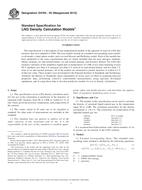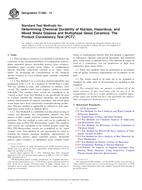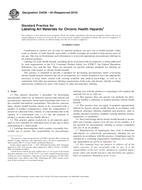1.1 Purpose and Application:
1.1.1 This guide covers the equipment, field procedures, and interpretation methods for the assessment of subsurface materials using the Ground Penetrating Radar (GPR) Method. GPR is most often employed as a technique that uses high-frequency electromagnetic (EM) waves (from 10 to 7000 MHz) to acquire subsurface information. GPR detects changes in EM properties (dielectric permittivity, conductivity, and magnetic permeability), that in a geologic setting, are a function of soil and rock material, water content, and bulk density. Data are normally acquired using antennas placed on the ground surface or in boreholes. The transmitting antenna radiates EM waves that propagate in the subsurface and reflect from boundaries at which there are EM property contrasts. The receiving GPR antenna records the reflected waves over a selectable time range. The depths to the reflecting interfaces are calculated from the arrival times in the GPR data if the EM propagation velocity in the subsurface can be estimated or measured.
Product Details
- Published:
- 11/15/2019
- Number of Pages:
- 19
- File Size:
- 1 file , 590 KB
- Redline File Size:
- 2 files , 1.3 MB


